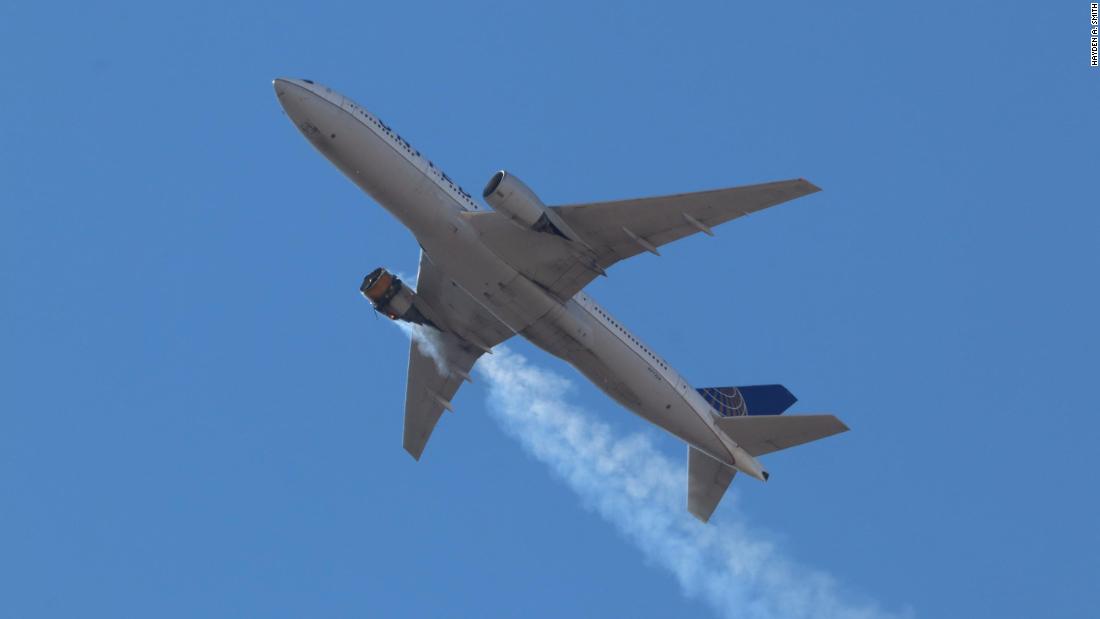“Last week, we were already in the process of carrying out activities and analysis to reduce the inspection interval,” Dickson told CNN on Wednesday.
The FAA overhaul came after a PW4000 engine crash in December on another Boeing 777-200 in Japan.
Federal regulators required thermal inspections of the engine fan blades for wear every 6,500 times the PW4000 series engine is started, a measure officially known as cycles. Cracks and damage can be so small or hidden that they are not visible to the naked eye.
The PW4000 series engine that failed on Saturday was “far” from the 6,500 cycles that would lead to the next inspection, the source said. The National Transportation Safety Board, which is investigating the incident, said it will review maintenance records; did not specify the number of engine cycles since the last inspection.
The incidents made engine manufacturer Pratt & Whitney recommend significantly more frequent inspections, according to a company service bulletin obtained by CNN. The bulletin, published two days after the Denver incident, recommended that the 22 fan blades on each engine be inspected every 1,000 cycles, but it is unclear what the FAA will ultimately require.
“Until we learned more about this specific event, we felt it was the safest course of action,” Dickson said in the interview with CNN. “There is also the possibility that there are other types of inspections that can be carried out using different technologies.”
Dickson said the FAA does not see a pattern of engine failures that should concern travelers and that he would feel comfortable flying the Boeing 777.
“The safest form of travel in human history is travel by commercial jet in the United States or on an American carrier,” said Dickson. “And the actions that we are taking at the agency aim to ensure that it remains that way.”
